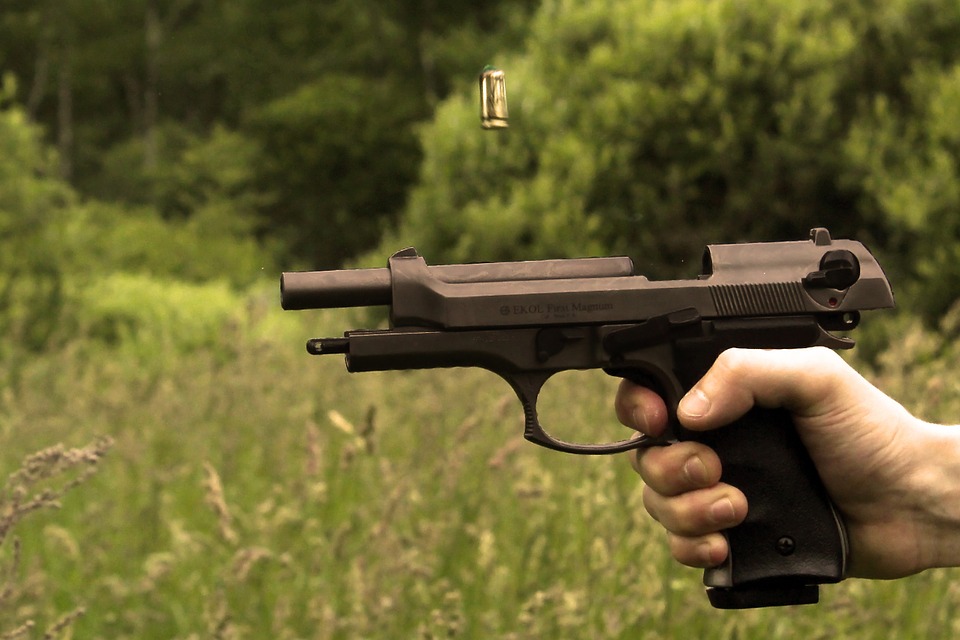At the onset, firing a gun seems like an easy job. All that you have to do is point the right end at the target and squeeze the trigger and watch the bullet punch a hole through its target. In reality, however, it is a little more complicated. Shooting a gun right requires some training and practice, even to get marginally good at it. If you are a first time gun owner, you need to take some classed at your local gun range on gun safety, gun maintenance and more importantly safe gun handling techniques.
Staying safe
Many people invest in a good gun for the sole purpose of protecting themselves and their family. However, not many actually invest the right amount of time and effort in learning how to operate this complex piece of machinery that has the potential to kill! It’s like painting. If you are not trained, you will not be able make anything worthwhile irrespective of how good the equipment you bought at Thunder Beast Arms for sale is.
Trigger discipline
Good trigger discipline is what separates calculated firing from accidentally shooting your leg. When boiled down to its core philosophy, trigger control can be summed up as keeping your finger off the trigger until you are absolutely ready to take the shot. It takes time for one to master this. But once you are proficient in trigger discipline, it will become second nature to you, where your finger will stay off of the trigger until you are ready to shoot. The most commonly regarded practice is to keep your index finger extended and on the side of the gun’s slide/ cylinder, which makes it absolutely impossible for you to engage the trigger.

The stages of trigger pull
There are four distinct stages of trigger pull. This might not be immediately evident to novices, but over time, and with practices you should be able to recognize these stages, which are-
- Initial slack: The trigger is between its rest position and the break.
- Trigger break: When the gun fires a round.
- The stop: The maximum position where the trigger can be squeezed.
- The rest: The point where the trigger rests naturally once you let go of the trigger
Familiarizing yourself with the stages of trigger pull will ensure better accuracy. Visit www.omahaoutdoors.com/ for getting the gun that best suits your requirements.

